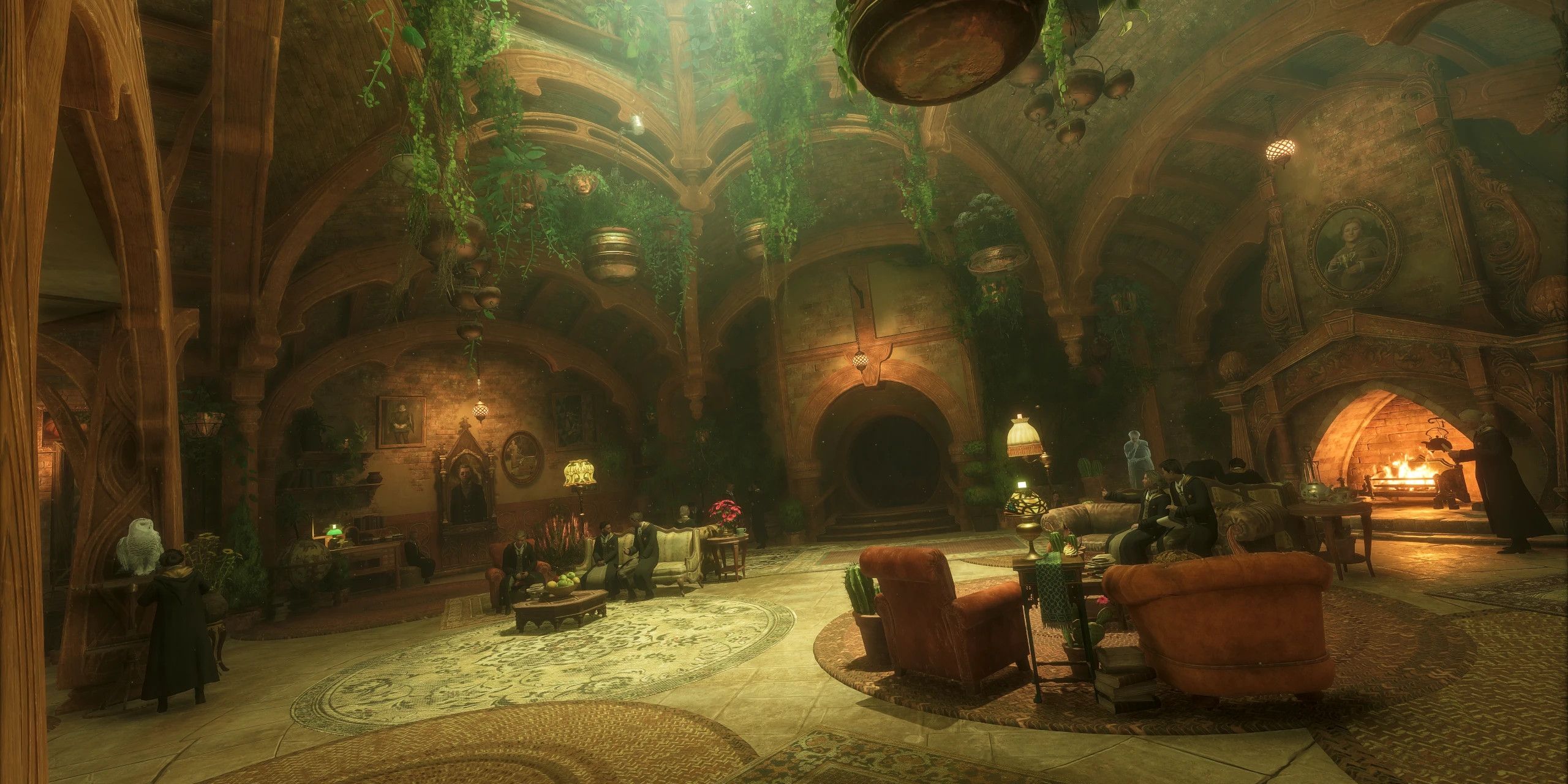Hogwarts Legacy’s sequel has some strong foundations to build on. Avalanche Software’s ambitious Harry Potter RPG was 2023’s best-selling game for a reason, after all: it offers gorgeous environment design, decent combat, and the best rendition of Hogwarts in gaming, to name a few of its strengths.
But it’s not perfect. Its RPG mechanics are a bit lackluster and inconsequential, combat is satisfying but shallow, and the map beyond Hogwarts itself falls victim to many of the most maligned trends of vapid open-world design, giving players little in the way of meaningful, engaging exploration. The next Hogwarts Legacy may never beat the likes of Elden Ring or Baldur’s Gate 3 when it comes to exploration or player choice, but by honing in on its predecessor’s strengths and seizing some missed opportunities, it can be a significant improvement. And when it comes to Hogwarts Legacy’s greatest strengths, there’s no better place to start than Hogwarts itself.

A Possible Hogwarts Legacy 2 Feature Would Be a Logical Progression for Wands
Hogwarts Legacy 2 needs to improve the original's gameplay experience by evolving how wands work, be it via combat or general-purpose charms.
Hogwarts Legacy 2 Needs to Upgrade Common Rooms
Hogwarts Legacy’s Common Rooms Are Great, But They Also Fall Flat
One of the best decisions Avalanche Software made was allowing players to create their own character in Hogwarts Legacy, complete with their choice of Hogwarts house. In this way, the game fulfills the fantasy of so many long-time Harry Potter fans, letting them play as a self-insert Hogwarts student that slots into one of the series’ quadfecta of character archetypes. These house-related personality types are thoughtfully reflected by the common rooms for each house:
- Slytherin’s common room is a stark, frank dungeon, symbolic of the house’s Machiavellian approach to relationships and academia.
- Hufflepuff’s common room is lush and replete with plants and plush seating, reflecting its warm, comfortable, and welcoming culture.
- Ravenclaw's common room is sober and austere—an ideal location to study without distraction.
- Gryffindor's common room is cozy and intimate, designed with fraternization and camaraderie in mind.
These spaces are well-designed, both in terms of aesthetic and thematic relevance. There was clearly a good deal of work and thought that went into their construction by Avalanche, which is why it's disappointing that there's ultimately not a lot to do in them: beyond a few NPC interactions and the depositing of coins for the house chest quest, there's little reason to actually spend any time in common rooms, making them feel like one of Hogwarts Legacy's biggest missed opportunities.
How Hogwarts Legacy 2 Can Upgrade Common Rooms
The alluring and detailed design of each common room in Hogwarts Legacy can't be squandered in the sequel. Luckily, Avalanche may be able to kill two birds with one stone in this regard. Hogwarts Legacy has been criticized for its skin-deep RPG systems, specifically as they pertain to NPC interactions and relationships.
Perhaps common rooms could be more important to the narrative of the second game, with the player spending their downtime talking to companions and participating in activities in their respective common rooms. The game could essentially make common rooms the equivalent of camps in Baldur's Gate 3 or the Normandy in Mass Effect, serving as the backdrop for immersive character development.
More interactivity would help common rooms as well. The Room of Requirement is one of Hogwarts Legacy's best features, boasting satisfying base-building and personalization systems, so maybe some of these features could make their way over to common rooms in the next game. Things like the vivariums may be a bit too far-fetched, but letting players influence the style of these iconic spaces, or use the rooms for practical activities like potion-brewing, would elevate both the Hogwarts student fantasy and the game's RPG elements, making for a better experience overall.




